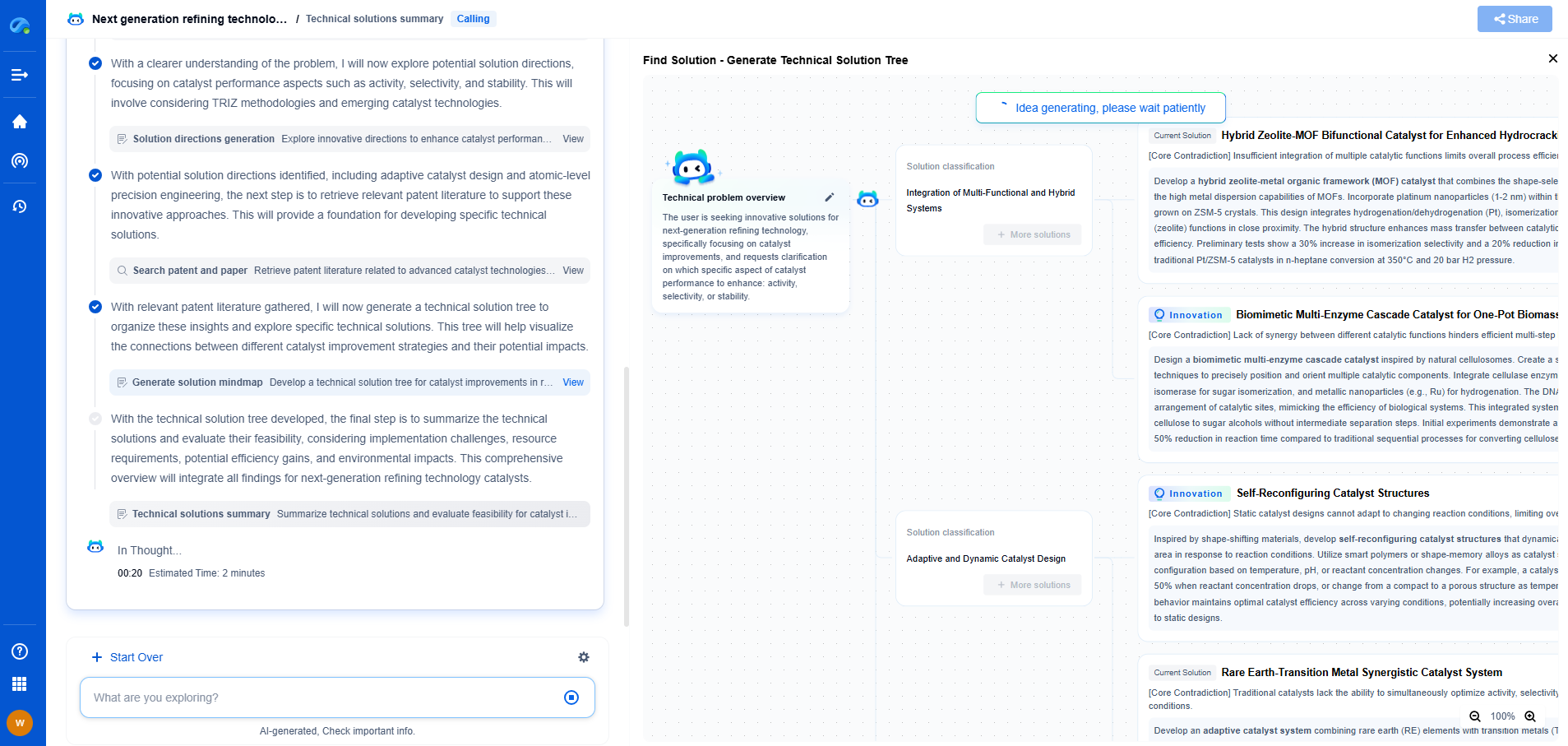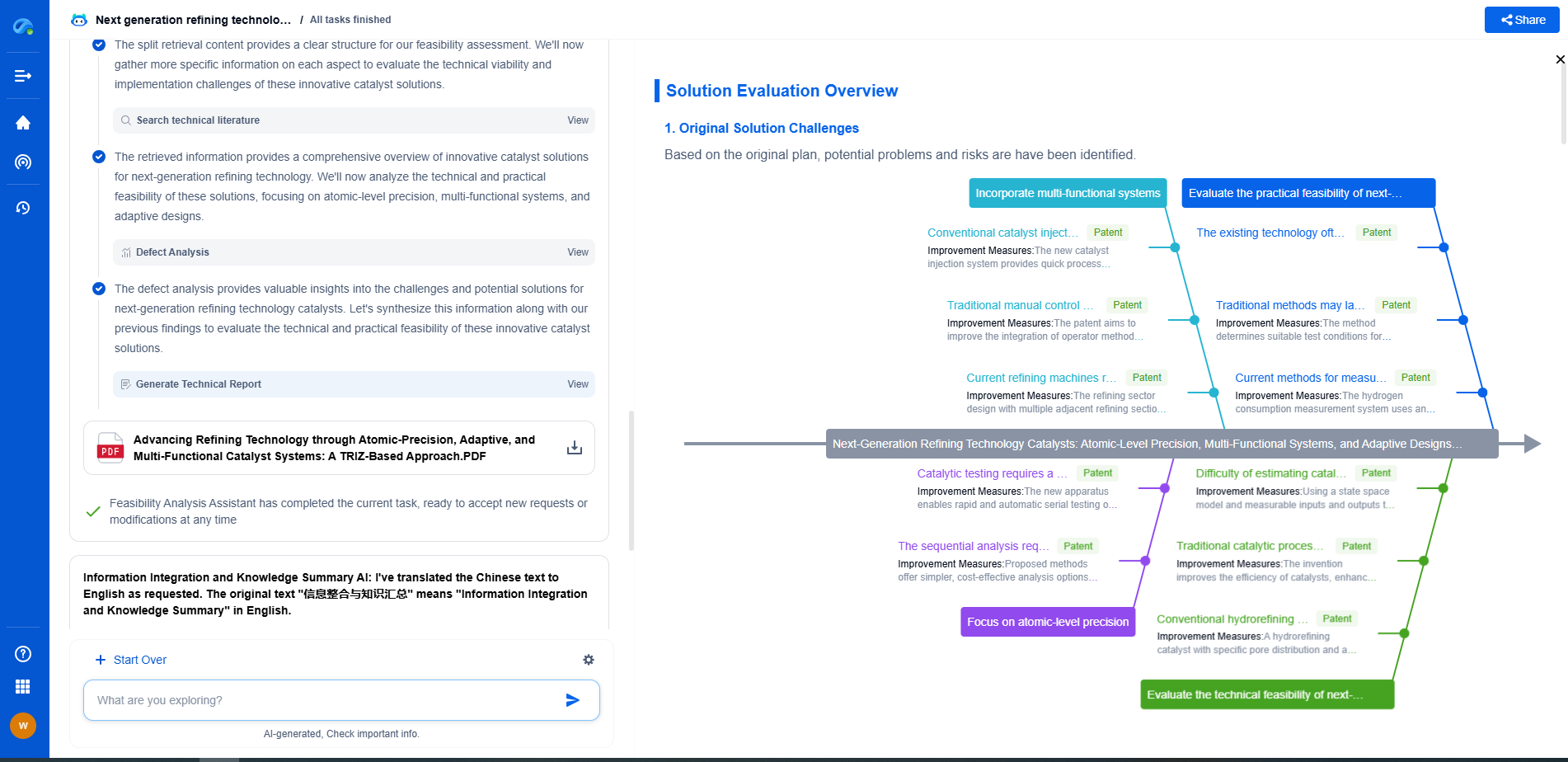The rise of AI and machine learning in log data interpretation
JUN 20, 2025 |
In recent years, the exponential growth of data has led to a burgeoning demand for innovative ways to interpret and analyze this vast amount of information. Among the various types of data generated, log data holds a prominent position due to its detailed capture of system operations and user interactions. The rise of Artificial Intelligence (AI) and Machine Learning (ML) in the field of log data interpretation is revolutionizing how organizations manage, understand, and leverage this data to derive actionable insights.
Understanding Log Data
Log data is essentially a record of events that occur within an information system. These logs can include user activity, transactions, error messages, and system performance metrics, among other things. Traditionally, interpreting log data required significant manual effort, as it involved sifting through massive volumes of entries to detect patterns or anomalies. This manual process was often time-consuming, prone to errors, and limited in scope, as it relied heavily on the analyst's expertise and intuition.
The Advent of AI and ML in Log Data Interpretation
The integration of AI and ML in log data interpretation has transformed this landscape by automating and enhancing the accuracy of data analysis. AI and ML algorithms can process large datasets at incredible speeds, uncover hidden patterns, and predict future trends with unprecedented precision. These technologies are particularly adept at anomaly detection, a critical aspect of log data analysis that involves identifying deviations from normal behavior.
Automated Anomaly Detection
Traditionally, detecting anomalies within log data was akin to finding a needle in a haystack. However, with the advent of AI and ML, this process has become significantly more efficient. Machine learning models can be trained to recognize patterns of normal behavior and thus quickly identify anomalies that may indicate security breaches, system failures, or other issues requiring immediate attention. This proactive approach allows organizations to address potential problems before they escalate, thereby minimizing downtime and enhancing system reliability.
Predictive Analytics and Forecasting
Beyond anomaly detection, AI and ML also empower organizations to leverage predictive analytics for log data interpretation. By analyzing historical log data, machine learning models can forecast future system behavior, enabling organizations to anticipate potential issues and optimize operational efficiency. Predictive analytics can also aid in capacity planning, ensuring that resources are allocated effectively based on projected demand and system activity.
Enhanced Security and Compliance
Security is another area where AI and ML have made significant strides in log data interpretation. By continuously monitoring and analyzing log data, AI-driven solutions can detect suspicious activities and potential security threats in real time. This proactive security posture not only helps prevent breaches but also ensures compliance with industry regulations and standards. Furthermore, AI and ML can streamline the process of generating audit reports, reducing the burden of regulatory compliance on organizations.
Scalability and Flexibility
One of the key advantages of deploying AI and ML in log data interpretation is the scalability and flexibility these technologies offer. As organizations grow and their systems become more complex, the volume of log data generated can increase exponentially. AI and ML solutions can seamlessly scale to accommodate this growth, providing consistent and reliable insights regardless of data volume. Additionally, these technologies can be tailored to meet the specific needs of different industries, making them highly adaptable and versatile.
Conclusion
The rise of AI and machine learning in log data interpretation marks a significant milestone in the evolution of data analytics. By automating manual processes, enhancing accuracy, and providing valuable insights, AI and ML are enabling organizations to unlock the full potential of their log data. As these technologies continue to advance, we can expect even more sophisticated tools and techniques to emerge, further transforming the landscape of log data interpretation and driving innovation across various sectors. Embracing these advancements will undoubtedly equip businesses with the tools they need to remain competitive and agile in an increasingly data-driven world.
Navigating the Complexities of Drilling Innovation? Let AI Do the Heavy Lifting
In an industry where subsurface conditions, materials science, and drilling dynamics evolve rapidly, staying ahead of technical innovation and protecting your intellectual property can be overwhelming.
Patsnap Eureka, our cutting-edge AI assistant, is built for R&D and IP professionals in high-tech industries like drilling technologies. Whether you're optimizing rotary steerable systems, evaluating high-temperature materials, or exploring next-gen automation in directional drilling, Eureka enables real-time analysis of the latest patents, technology landscapes, and competitive movements—all from one intelligent, intuitive platform.
Ready to accelerate your development cycle and make strategic decisions with confidence? Explore Patsnap Eureka today—where smart drilling starts with smarter insights.
- R&D
- Intellectual Property
- Life Sciences
- Materials
- Tech Scout
- Unparalleled Data Quality
- Higher Quality Content
- 60% Fewer Hallucinations
Browse by: Latest US Patents, China's latest patents, Technical Efficacy Thesaurus, Application Domain, Technology Topic, Popular Technical Reports.
© 2025 PatSnap. All rights reserved.Legal|Privacy policy|Modern Slavery Act Transparency Statement|Sitemap|About US| Contact US: help@patsnap.com

